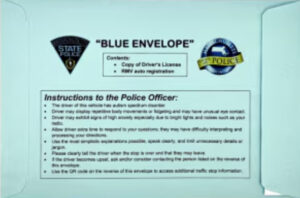 HYANNIS – If you’re reading this on your lunch break while you munch on some leftovers, you might want to put your fork down before you take another bite.
HYANNIS – If you’re reading this on your lunch break while you munch on some leftovers, you might want to put your fork down before you take another bite.
There are some important guidelines for preparing, storing and reheating leftovers and, if you don’t follow them, you could be in for a belly ache, warned Rachel Songer, a registered dietitian nutritionist who works as a clinical dietitian at Cape Cod Hospital.
“People like to be frugal and it’s smart to save some leftovers and get a free lunch the next day, but you have to be careful that you’re doing it the right way,” she said. “It’s not worth saving a couple of bucks if you get sick.”
Preparing leftovers
Leftover safety begins with what you decide to keep.
“It’s important not to leave food out at room temperature for longer than two hours,” said Songer. “After that, it has too much bacteria, since it multiplies so quickly.”
Don’t bother keeping food that’s been sitting out for longer than two hours while in what she called “the danger zone” (warmer than 40 and cooler than 140 degrees F) During picnic season, food that’s been left out for longer than an hour or so should be tossed.
Storing leftovers
Keep track of how long leftovers have been in your fridge.
“Refrigerated leftovers should be eaten within three days,” said Songer. “I would freeze the food by the third day, and toss by the fourth day.”
In general, leftovers that are high in moisture, such as cheese or dairy products, have a shorter lifespan, while acidic foods, including tomato sauce and salad dressings, are less sensitive to bacteria.
If you can’t remember when you stashed refrigerated leftovers, then their time is up.
“In that case, I would toss it,” said Songer. “You don’t want to take any chances.”
Frozen leftovers are usually good for at least four months, she said.
“Freezing works indefinitely in terms of preventing bacteria from multiplying. It will technically always be safe from that standpoint, but usually ends up losing some taste and moisture after three or four months.”
Your best bet is to label the leftovers with a date, so you can eat it while it’s at its best.
Reheating leftovers
The final step of making sure your leftover entrée is OK is to reheat it properly.
“It needs to reach at least 165 degrees, measured with a food thermometer to be certain it’s heated thoroughly,” she said.
If you’re at work, you probably don’t have a food thermometer handy.
“As long as it’s steaming, you’re probably good. Make sure all of the food is evenly heated through, as some parts may be warmer than other parts. Heat it, stir it and heat it again to make sure it’s evenly heated. As long as everything is really hot, you’re fine.”
For more information on dealing with leftovers, Songer recommended visiting the USDA web site.
And if you’ve been following good leftover safety practices, enjoy the rest of your lunch!






















